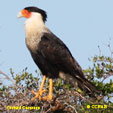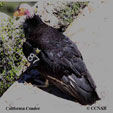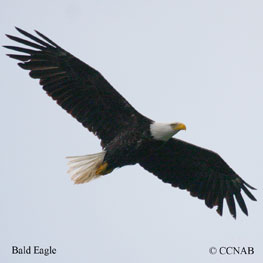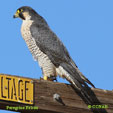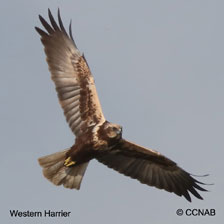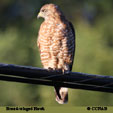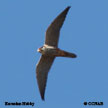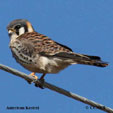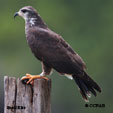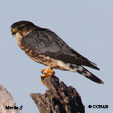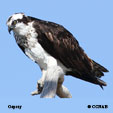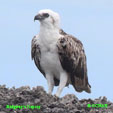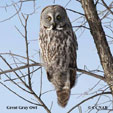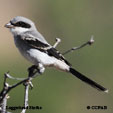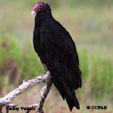North American Bird Search Box
This search box can be used to find bird species using bird's english, french or latin name, or to identify bird by its 4 letter Alpha Code
Field Guide for all the Birds of North America
Birds of Prey
Oiseaux de proie
Information, images and range maps on over 1,000 birds of North America, including sub-species, vagrants, introduced birds and possibilities
See the different types of birds of prey, a library consisting of individual pictures and a summary of some of the North American birds of prey, native to the continent, or that have shown up as a vagrant at one time or another.
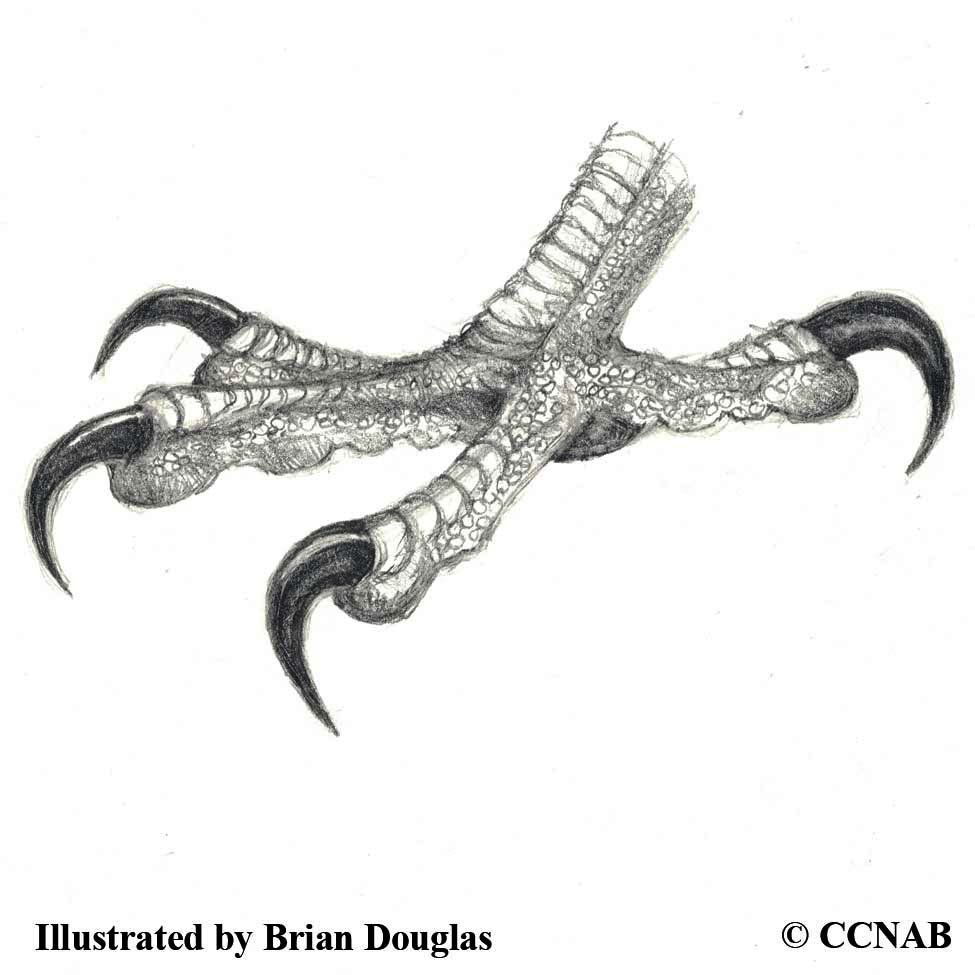
Birds of Prey include; the condor, eagles, falcons, harrier, hawks, osprey, shrikes, vultures and more.
The members of the birds of prey consists of the mighty California Condor, an endangered species that is struggling to survive on a continent where its habitat is shrinking and man-made obstructions are hindering its survival. The powerful eagles and the swift falcons are once again being seen frequently over our rivers and mountains.
The vultures, birds who are least thought about, and the Turkey Vulture is also expanding its range into the north. All the small birds and those who mostly hunt at night and remain unseen in daylight hours, such as the owls, are part of this group as well. Also included are the birds who live in the canopy of the forests and the isolated northern regions.
Reference to Other Bird Site:
ABA - American Birding Association This site represents an organization that maintains official records of all birds species that have been proven to have been seen inside the perimeters of the North American Continent and the surrounding bodies of water. Regular revised versions are posted to keep the bird list current at all times. This is the list used by all serious birders over their lifetime. You may be aware of the movie called the "Big Year". It was with this list that all the competing birders used in an attempt to set a new record as to how many bird species that could be seen by an individual birder in one calendar year.

